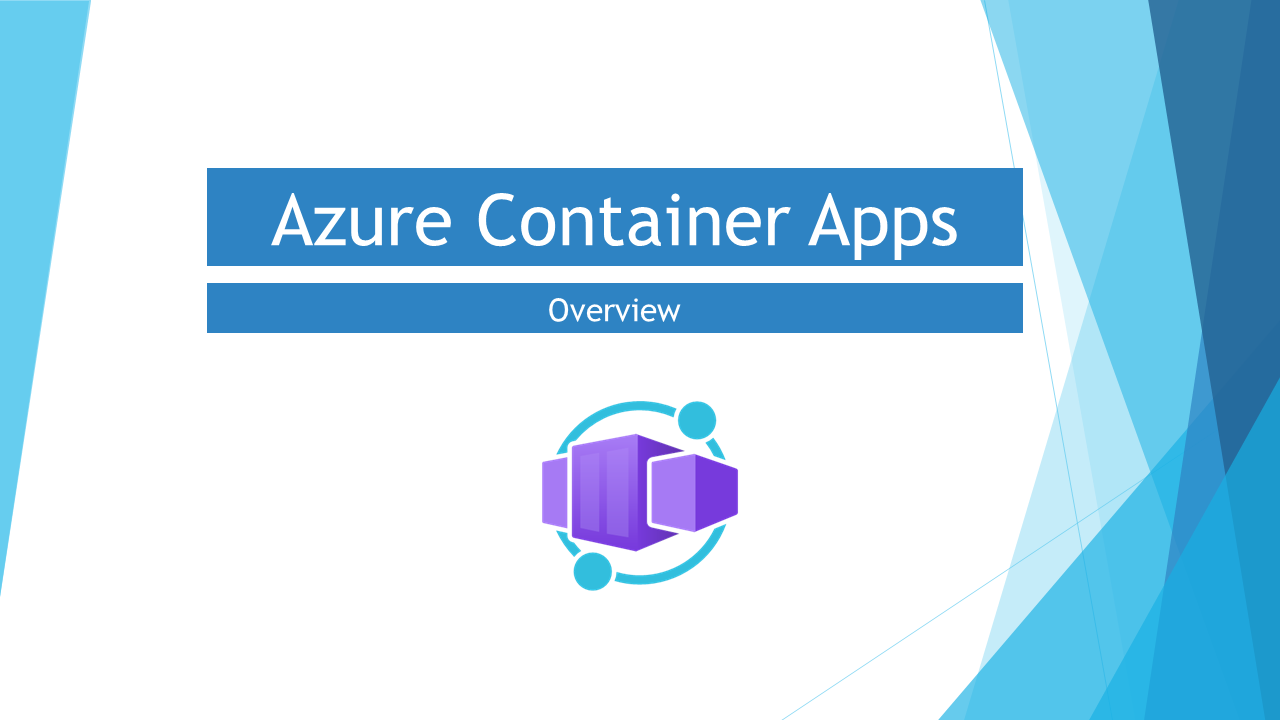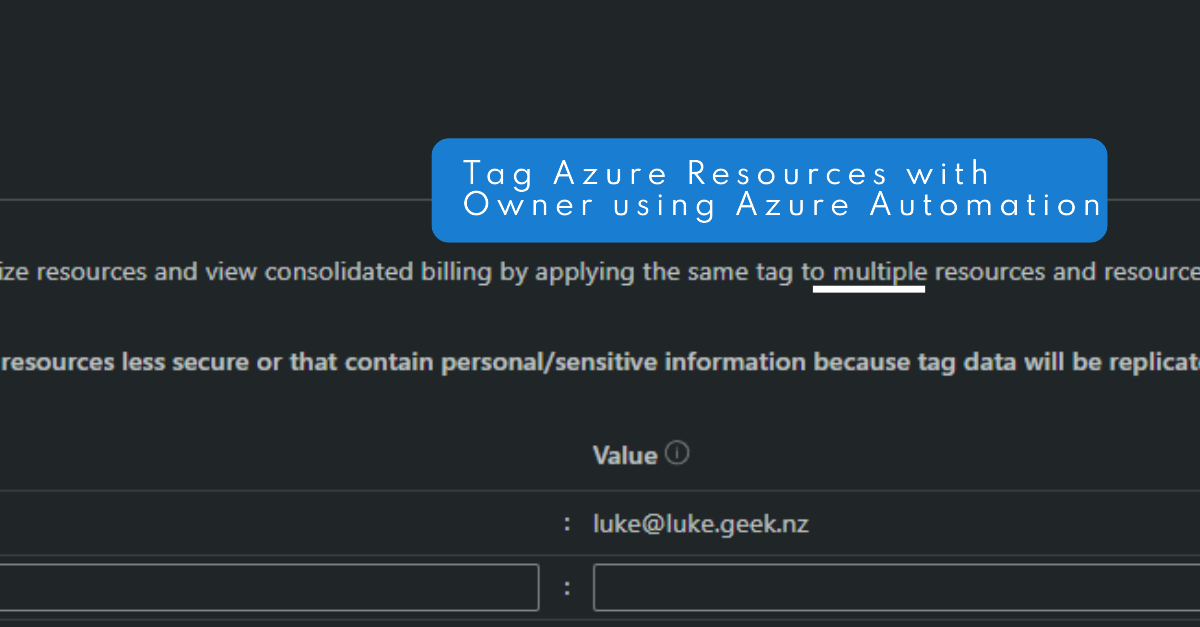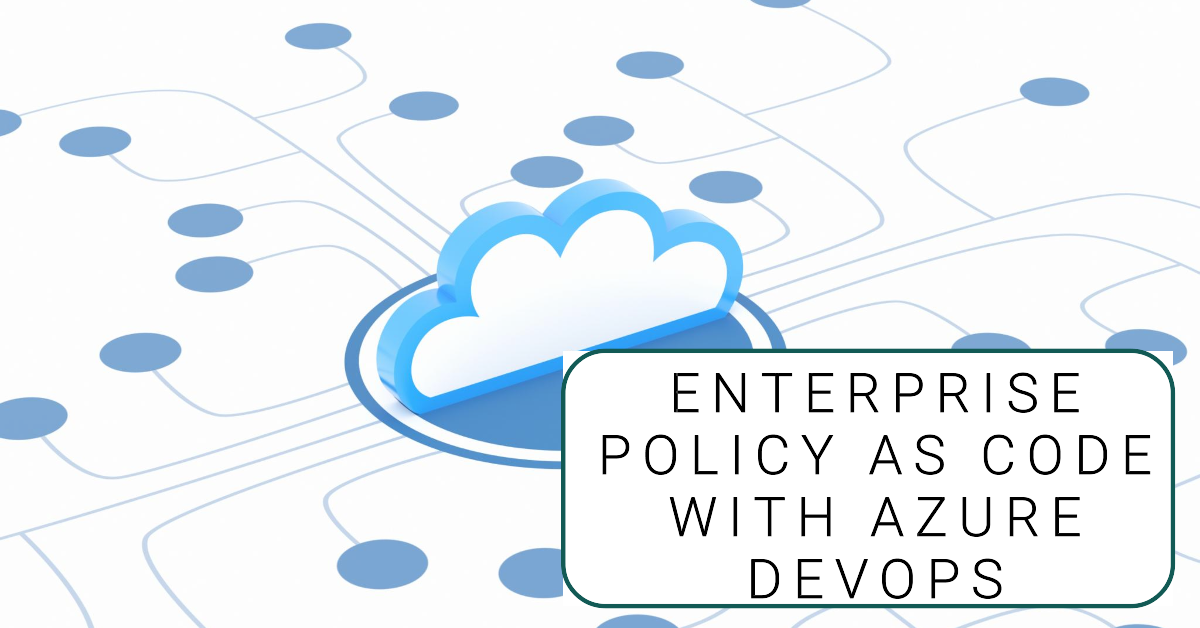Azure Container Apps - Overview
Azure Container Apps, KEDA, and Dapr — what are these, and how do they work together? This article aims to give a high-level insight into Azure Container Apps and some of the Cloud Native ecosystem that surrounds this container orchestrator.





